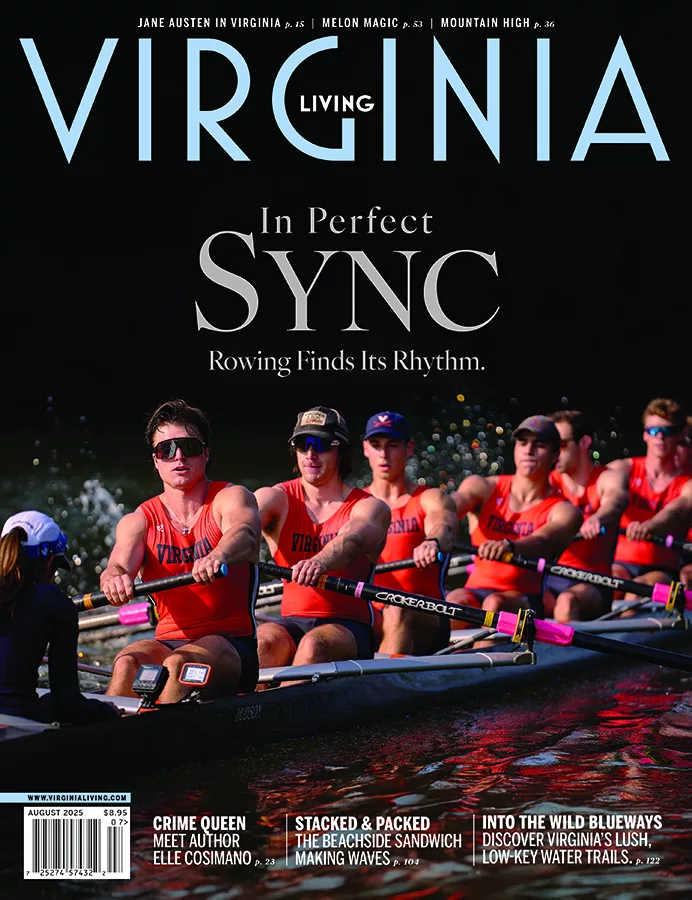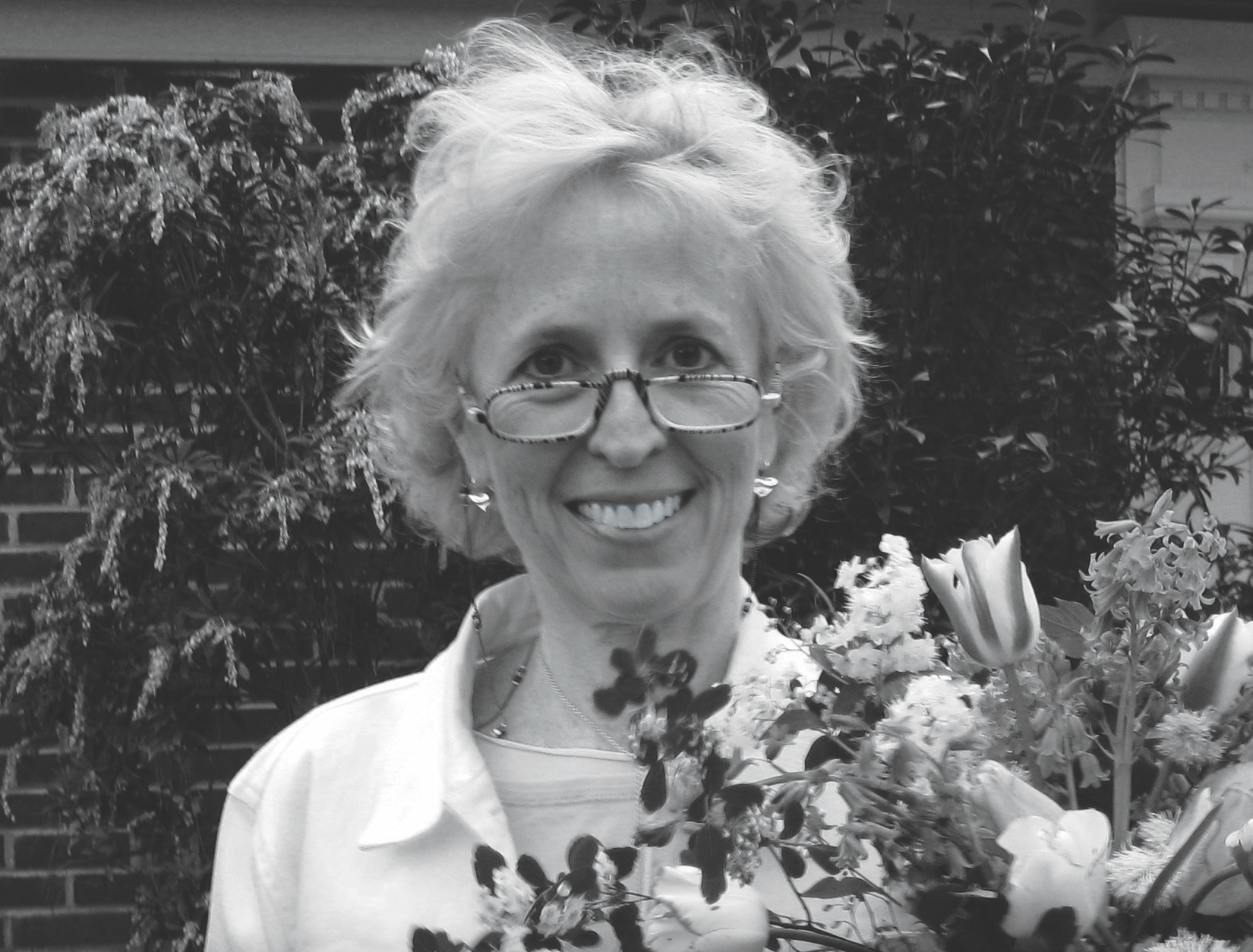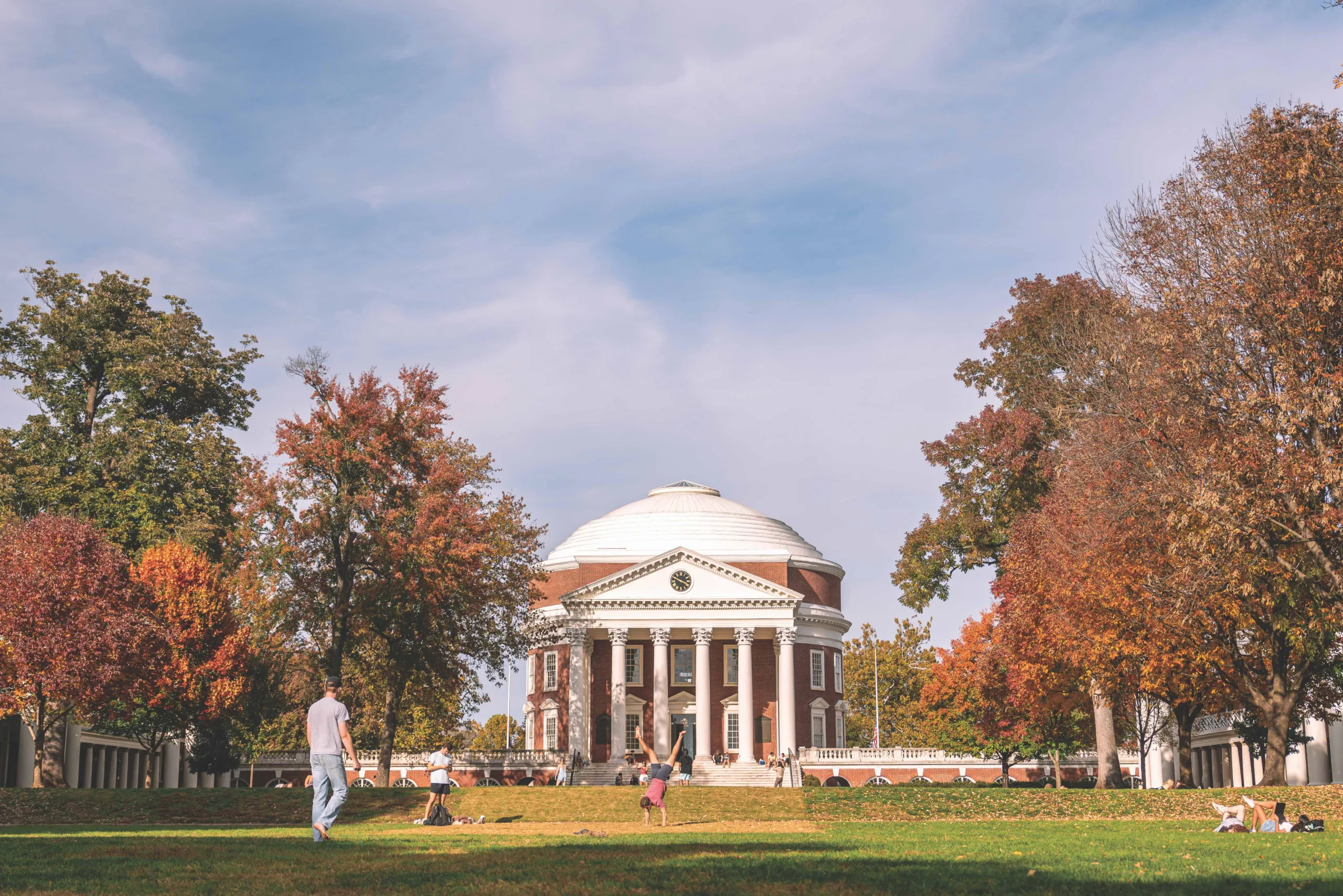In our February 2025 issue, we challenged readers with a breast cancer myth-busting quiz, where all the answers were false. Here, we dive deeper into each myth to uncover the truth and empower awareness.
Myth #1: All breast cancers are the same.
Myth Buster: It’s actually quite complicated, involving many factors like different affected receptors, making prognoses and treatment options immensely varied. Depending on the type, treatment can mean surgery, radiation, chemotherapy, or endocrine therapy, with components like tumor location, size, stage, and grade guiding treatment decisions.
Takeaway: Every breast cancer diagnosis must be very specific and cannot be compared to another person’s breast cancer.
Myth #2: Women with no family history of breast cancer are not at risk.
Myth Buster: Only about 10 percent of breast cancers are genetic or hereditary, with a majority being non-hereditary. Risk factors include female gender; age; obesity; reproductive history; and age at first menses, menopause, and hormone replacement therapy.
Takeaway: Regular self-exams and mammogram screenings are important.
Myth #3: Breast cancer always shows as a lump.
Myth Buster: Especially during the early stages, breast cancer may not necessarily present as a lump. It can be nipple discharge, nipple inversion, or skin changes. Inflammatory breast cancer, for example, a particularly aggressive type, presents in skin changes like reddening or thickness. This can often be misinterpreted as mastitis.
Takeaway: Any changes in the breasts should be a signal to get screened and follow up with your physician.
Myth #4: Breast cancer is more common in people who have bigger breasts.
Myth Buster: While there’s no evidence supporting a correlation between breast size and breast cancer, breast density does play a modest role in breast cancer risk and detection. Breast density refers to the amount of fibrous and glandular tissue compared to fatty tissue in the breasts and is only determined through a mammogram. Women with dense breast tissue have a higher risk of developing breast cancer, and it can also make it more challenging for radiologists to detect tumors on a mammogram. Knowing your breast density can help you inform decisions about screening options.
Takeaway: Everyone, regardless of breast size, should undergo regular breast cancer screenings.
Myth #5: Certain bras cause cancer.
Myth Buster: This bogus theory suggests underwire bras cause issues with lymph drainage and breast swelling, potentially leading to breast cancer. However, there is no indication or data to support this.
Takeaway: Women should choose the type of bra that feels the most supportive and comfortable. There is also no data that going without a bra can increase or decrease your risk of breast cancer.
This is web-exclusive content from the February 2025 issue.










